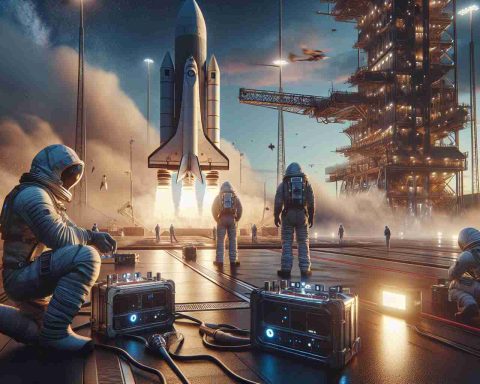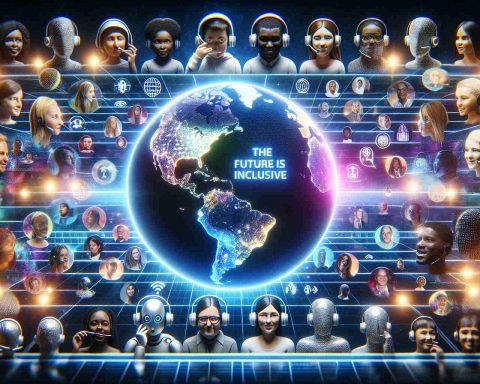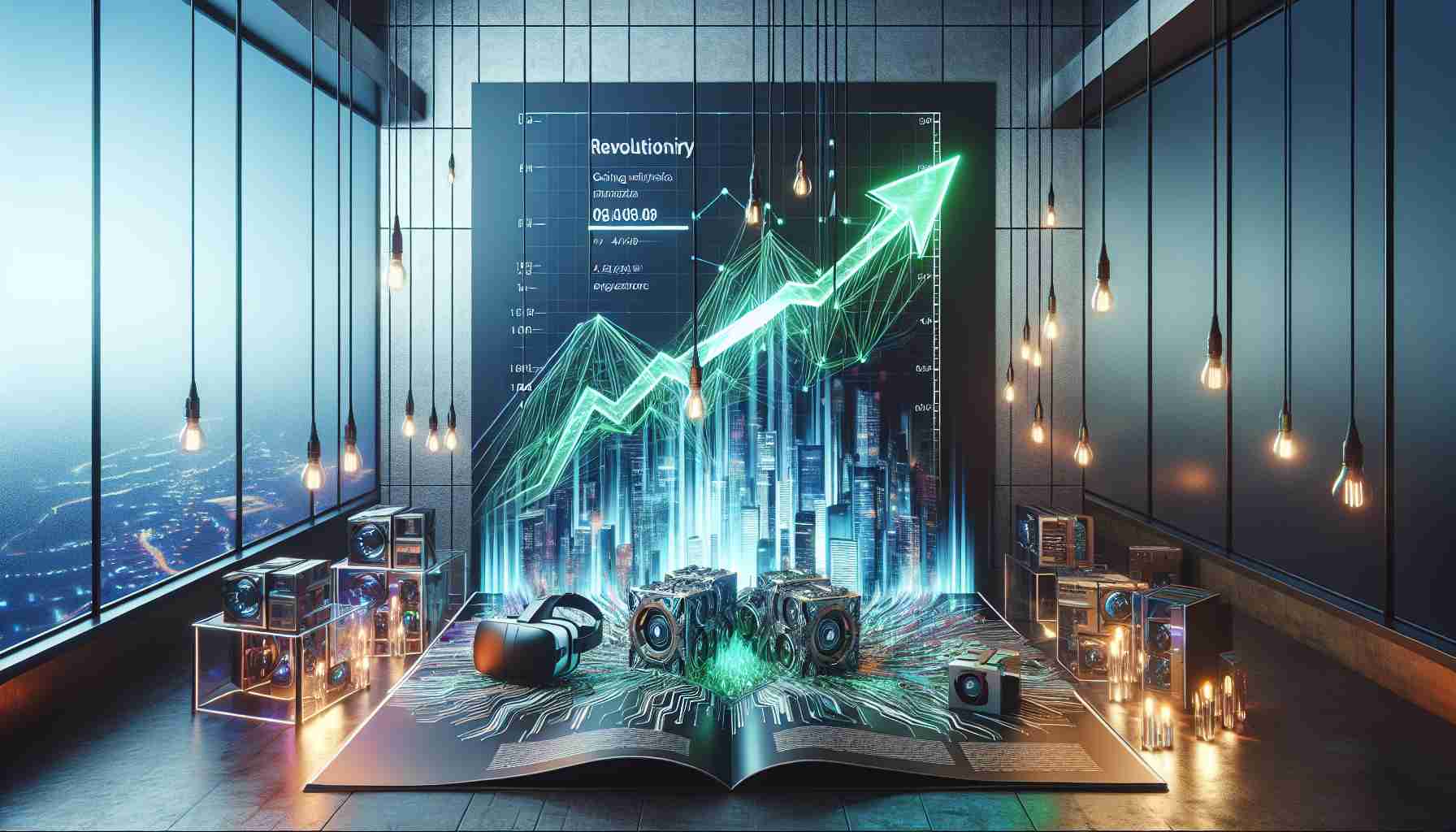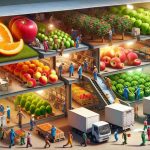Embracing a New Vision: Three visionaries exiled to Ventotene Island during the 1940s played a key role in envisioning a united continent, inspiring the foundations of the European Union. Today, facing a different landscape, the EU must dare to imagine new commonalities and equip itself for uncharted territories ahead.
Entering Uncharted Territory: The EU navigates through uncertain terrain marked by a resurgence of Russian imperialism, the potential return of an isolationist President in the U.S., and an assertive China. Challenges such as climate change, technological revolutions, and destabilizing shifts further complicate the landscape.
Urgent Need for Transformation: Incremental reforms are no longer sufficient to adapt to this evolving environment. Von der Leyen’s focus on competitiveness and building a unified defense marks a critical shift towards addressing core issues at hand.
Strengthening Competitiveness: The EU’s journey towards competitiveness involves not only enhancing investment but also reimagining traditional frameworks to ensure global-scale competitiveness while maintaining internal balance.
Enhancing Security: Transforming into a genuine European defense union and strengthening security mechanisms are pivotal steps in navigating future threats collaboratively.
Empowering Democracy: Establishing a “European democratic shield” necessitates cautious initiatives to safeguard democratic values from external threats, emphasizing the importance of broad consensus and inclusive decision-making processes.
Adapting to new Realities: Amid calls for treaty reforms and expanding EU membership, strategic imagination and a commitment to mitigating societal discontent are crucial to shaping a more resilient and cohesive Europe.
Charting a Collective Path Forward: The journey ahead demands a collective effort to alleviate widespread discontent and prepare for potential disruptions, emphasizing the importance of unity and foresight in shaping Europe’s future.
Unveiling Hidden Realities: Delving deeper into shaping the future of Europe in a changing world unveils additional layers of complexity. One pressing question is how the EU can effectively balance sovereignty with collective action as member states grapple with varied national interests and priorities.
Key Challenges and Controversies: One of the core dilemmas lies in striking a balance between deeper integration and respecting individual state autonomy. The ongoing debate on the distribution of powers between the EU institutions and member states underlines the perennial tension within the European project.
Advantages and Disadvantages: A more integrated Europe offers the advantage of amplifying the collective voice on the global stage, enhancing economic resilience, and fostering enhanced cooperation in addressing transnational challenges. However, the downside includes the risk of centralized power undermining national sovereignty, creating rifts within the EU, and amplifying populist sentiments.
Crucial Inquiries: How can the EU amplify its role as a global player amidst rising geopolitical tensions and power shifts? What mechanisms can be adopted to ensure that all EU citizens feel represented and included in the decision-making processes shaping Europe’s future?
Related Links: European Union offers insights into official policies and initiatives shaping the EU’s trajectory. For comprehensive analyses and debates on European affairs, exploring academic institutions and think tanks focused on European studies can provide valuable perspectives.
Addressing Societal Discontent: A critical aspect of shaping the future of Europe involves acknowledging and addressing the grievances of marginalized communities, promoting social cohesion, and instilling a sense of shared identity beyond national boundaries.
Towards a Resilient Europe: Striking a delicate balance between unity and diversity, forward-thinking leadership, and fostering a culture of open dialogue and compromise are pivotal in navigating the uncertainties and opportunities on the path towards a more resilient and inclusive Europe.

















